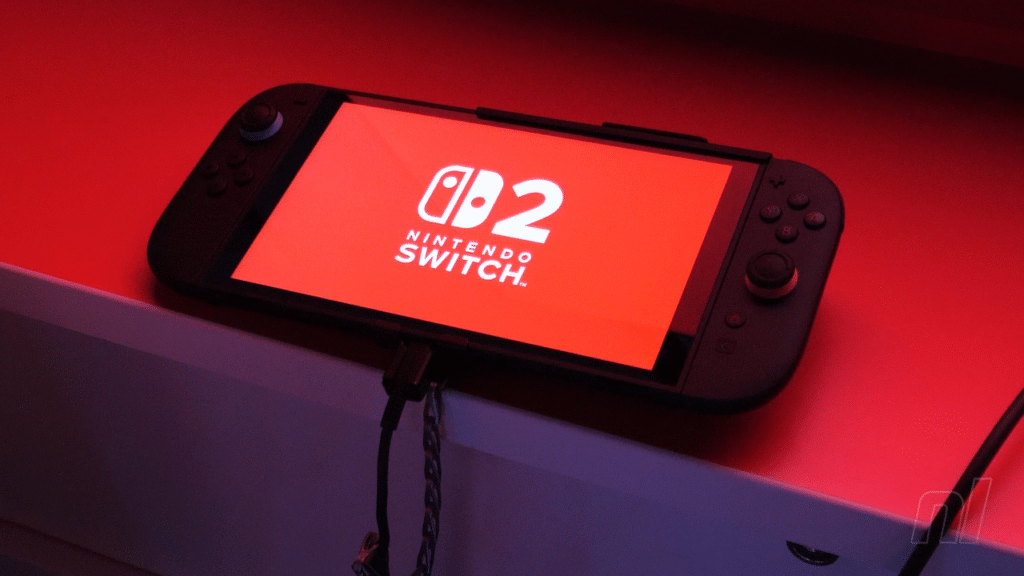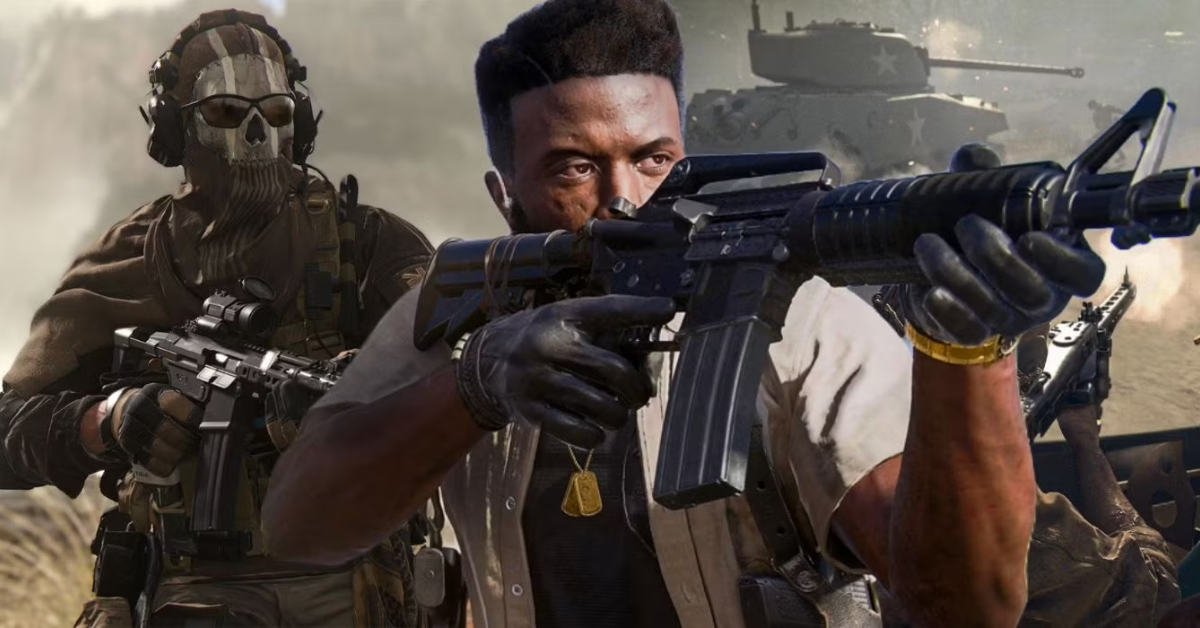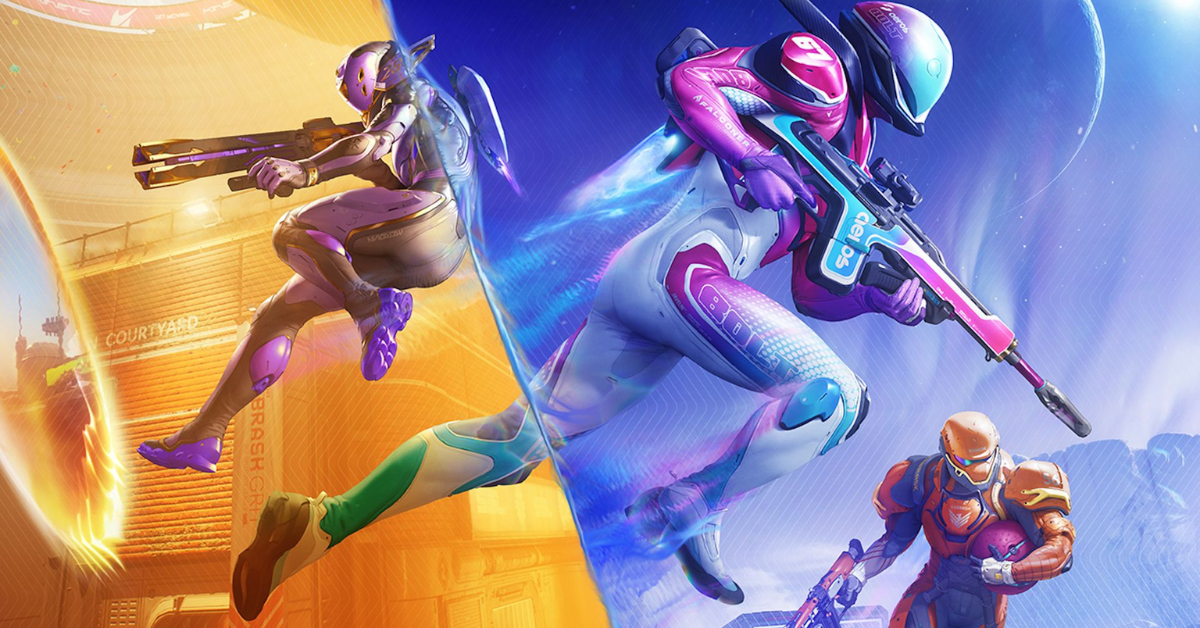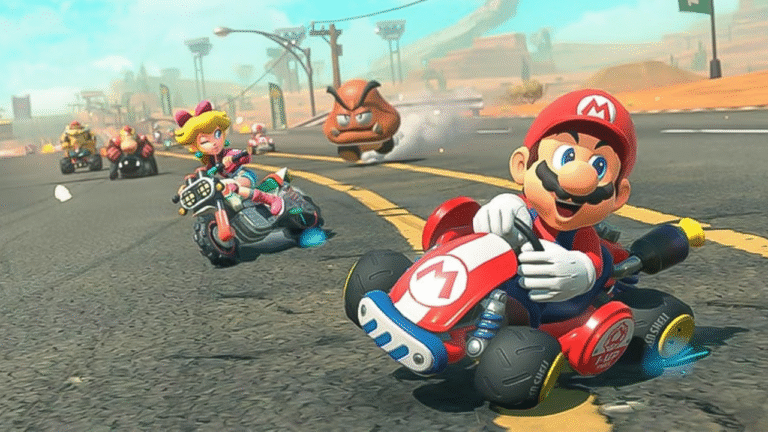Nintendo has created a buzz in the gaming world once again. The company’s latest console, the Switch 2, sold more than 3.5 million units in just four days, making it the fastest-selling console in the company’s recent history.
This is Nintendo’s first new hardware release in eight years, and it seems to be off to a flying start.
The company shared these record-breaking numbers on Wednesday and is feeling confident about reaching its goal of selling 15 million units by March next year.
Experts believe that if Nintendo can keep up with the demand and improve its supply chain, it might be able to sell even more units.
Gamers from around the world, from Tokyo to San Francisco, lined up for hours to get their hands on the Switch 2.
The hype around the device has been massive, especially since it follows the original Switch, which became a global hit for its unique hybrid design.
It allowed players to enjoy games on a TV at home and also play on the go, which became a game-changer in the industry.
The release of Switch 2 is being seen as a big moment for the gaming industry. As game development costs rise and profit margins become tighter, a new and popular console like this can bring fresh energy to the sector.
It may also offer a new direction for developers and companies looking to expand beyond just online live-service games.
However, Nintendo is already facing one big challenge — meeting the high demand. The company’s president, Shuntaro Furukawa, has publicly apologized to fans who couldn’t get the console due to limited stock.

The company held lotteries for customers to buy the Switch 2, and many people walked away disappointed.
Nintendo is now working with its manufacturing partners, including Foxconn Technology Group in China, to speed up production.
They’ve also teamed up with online platforms in Japan like Rakuten, Mercari, and LY Corp. to stop resellers from taking advantage of the shortage and selling the console at higher prices.
Even though the Switch 2 is performing well in the market, Nintendo’s share price fell more than 3% in Tokyo, mainly because of concerns about how international tariffs might affect production and supply.
Analyst Hideki Yasuda from Toyo Securities said that the initial pace of sales is strong, but the real test will be how well the company can keep up with production in the coming weeks and months.
If there’s a long-term shortage, it could turn potential buyers away and slow down momentum. Nintendo knows this, and that’s why the company is focusing on sustaining the sales momentum for as long as possible.
But this won’t be easy. The Switch 2 is more expensive than the original version, and the global economy isn’t very strong right now, which might affect future sales.
Furukawa also said that Nintendo may consider increasing the price of the console in the future, depending on the trade policies of the United States, especially if tariffs under President Trump’s administration make production more expensive.
In summary, the Switch 2 has had a record-breaking start and is already making waves across the industry.
But for Nintendo, the challenge now is to make sure enough units are available and to navigate the global economic and political factors that could impact its supply chain.







Leave a Comment